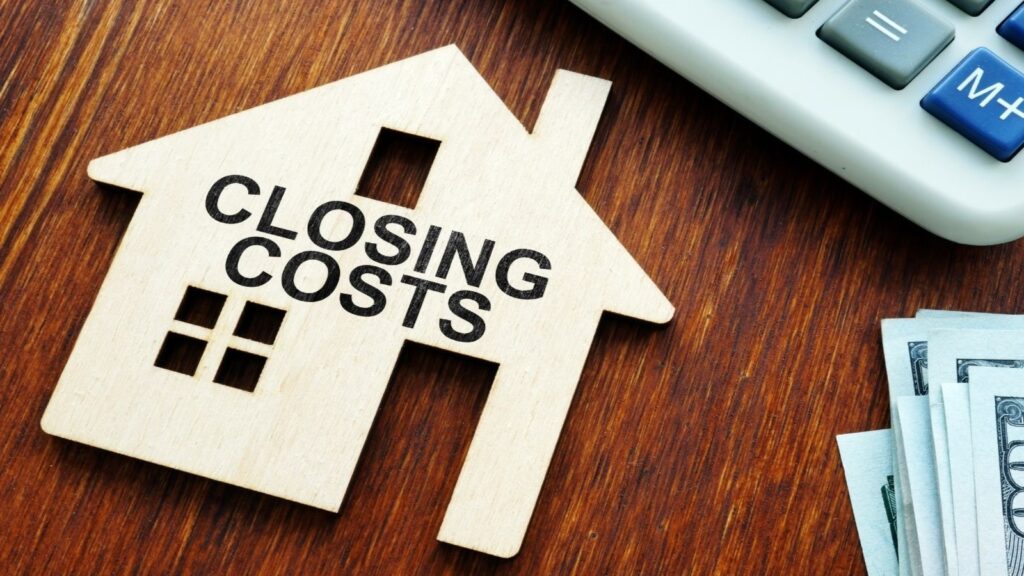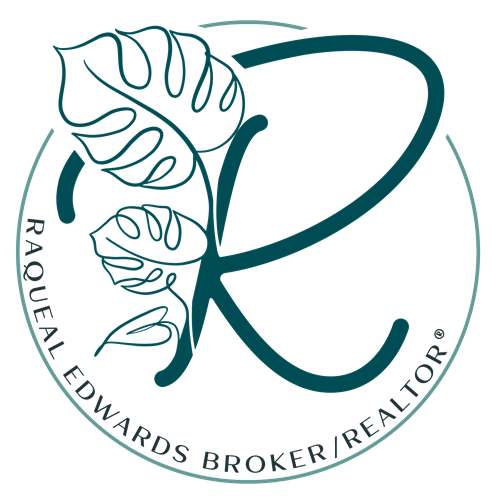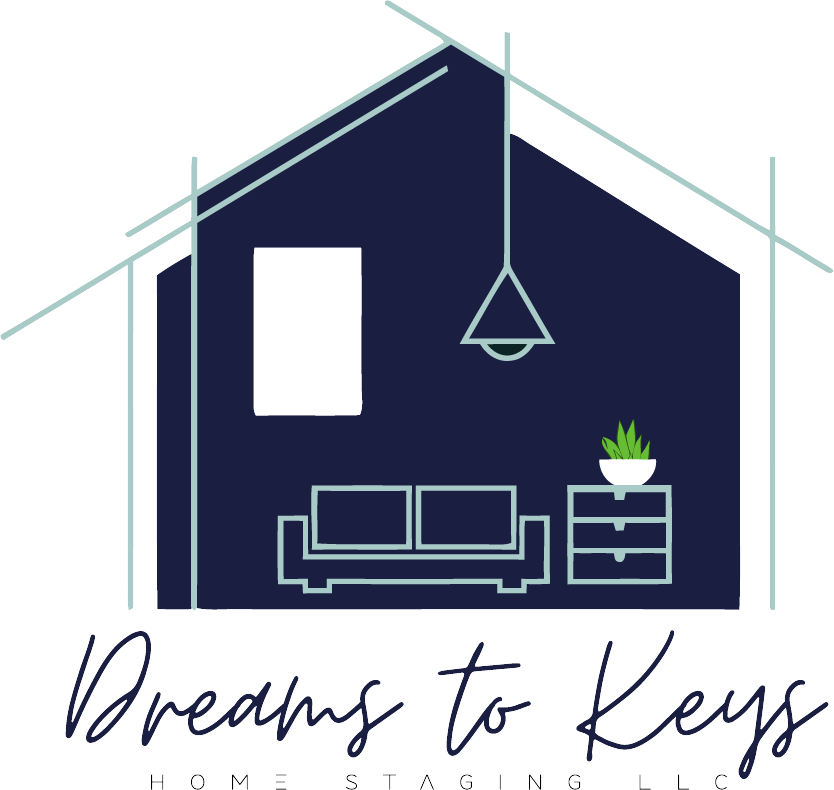Purchasing a home is an exciting milestone, but it comes with more than just the listed price. Beyond the down payment and monthly mortgage, a range of expenses can catch buyers off guard if they aren’t prepared. Some costs are upfront, while others become recurring obligations that impact long-term affordability. Understanding these expenses before making a purchase can help avoid financial strain and ensure homeownership remains a rewarding investment. From closing costs to ongoing maintenance, every buyer benefits from a clear picture of what it truly takes to own a home.

Down Payment and Mortgage Costs
The down payment is one of the largest initial expenses in buying a home. For conventional loans it typically ranges from 3% to 20% of the purchase price, depending on lender requirements and loan type. Larger down payments can lower monthly mortgage costs and eliminate the need for private mortgage insurance (PMI). Some government-backed loans, like VA and USDA loans, allow qualified buyers to put little or no money down, but eligibility varies.
In addition to the down payment, mortgage-related costs include loan origination fees, appraisal fees, and discount points. Lenders charge origination fees, often around 1% of the loan amount, to cover administrative costs. Discount points, if chosen, reduce the interest rate but require an upfront payment. Appraisals, required by lenders, ensure the home’s value supports the loan amount and typically costs between $300 and $500.
Mortgage interest and principal payments become ongoing obligations. Fixed-rate mortgages maintain consistent payments, while adjustable-rate loans may fluctuate. Lenders set up escrow accounts to collect property taxes and homeowners’ insurance with each mortgage payment. These additional amounts can increase the monthly cost, so buyers should factor them into their budget when determining affordability.
Closing Costs and Fees
Closing costs cover the administrative and legal expenses associated with finalizing a home purchase. They typically range from 2% to 5% of the purchase price and include lender fees, title insurance, and government recording fees. Buyers should request a Loan Estimate from their lender early in the process to understand these costs.
Title insurance protects against legal disputes over property ownership. Lenders require a policy to cover their interests, and buyers may choose to purchase an owner’s policy for additional protection. The cost varies based on the home’s value but generally falls between $500 and $1,500. Recording fees, set by local governments, document the change of ownership and can range from $50 to several hundred dollars.
Prepaid expenses, such as property taxes and homeowners’ insurance, are often collected at closing to fund escrow accounts. Lenders may require buyers to pay a full year’s insurance premium upfront. Additionally, depending on the timing of the purchase and local tax cycles, property taxes may need to be paid in advance.
Though not always mandatory, home inspections and surveys are highly recommended. Inspections typically cost $300 to $500 and provide insight into the home’s condition. Surveys confirm property boundaries and may be required by lenders, costing an additional $400 to $700. Understanding these expenses in advance helps avoid financial surprises when finalizing the purchase.
Property Taxes and Homeowners Insurance
Property taxes are a recurring cost that varies based on location and home value. Local governments assess taxes annually or semi-annually, and rates can change over time. Buyers should research current tax rates and assess how potential increases could impact long-term affordability. Many lenders incorporate property tax payments into escrow accounts, ensuring they are paid on time, but buyers should verify tax amounts before committing to a home.
Homeowners insurance provides financial protection against damage and loss. Policies cover events like fire, theft, and weather-related incidents, with premiums depending on the home’s location, age, and coverage level. Standard policies do not always cover floods, earthquakes, or other natural disasters, so buyers in high-risk areas may need additional coverage.
Insurance providers assess risk factors, including crime rates and proximity to fire stations, when determining premiums. Some insurers offer discounts for home security systems or bundling policies with auto insurance. Buyers should obtain quotes from multiple providers to compare coverage and pricing before finalizing a policy.
Lenders typically require buyers to pay at least one year of homeowners insurance upfront at closing. After the first year, buyers must continue making payments, either through escrow or directly to the insurer. Understanding property tax and insurance costs upfront ensures they are incorporated into the long-term budget for homeownership.
Homeowners Association Fees and Community Costs
Many homes, particularly in planned communities or condominiums, have homeowners’ association (HOA) fees. These fees support community maintenance, amenities, and shared services. Depending on the property and services provided, costs vary widely, from under $100 to several hundred dollars per month. Buyers should review HOA documents to understand fee structures, special assessments, and potential increases.
HOA fees typically cover landscaping, exterior maintenance, and community amenities such as pools, clubhouses, and security services. Some associations also include utilities like water, sewer, or trash collection. Understanding what is covered helps determine if the fees align with personal budgets and lifestyle expectations.
Special assessments can occur if unexpected expenses exceed the HOA’s budget. These may result in one-time or ongoing charges for major repairs or improvements. Reviewing the HOA’s financial statements and meeting minutes can provide insight into upcoming projects and potential costs.
Beyond HOA fees, community costs can include municipal services, parking permits, or additional utility charges. Some neighborhoods have private road maintenance fees or require contributions to community events. Factoring these expenses into the overall budget ensures buyers are fully aware of the financial commitments tied to their new home.
Utility Costs and Essential Services
Utilities are ongoing expenses that vary by home size, location, and personal usage. Electricity, gas, water, and sewer services are essential, and costs fluctuate seasonally. Due to heating and cooling demands, larger homes or those in extreme climates often have higher utility bills. Buyers should request average utility costs from sellers or local providers to estimate monthly expenses.
Internet, cable, and phone services add to homeownership costs. Prices depend on provider options and service levels, with bundled packages sometimes offering savings. Some communities have mandatory internet or cable service fees, which should be verified before purchasing a home.
Waste management services, including trash and recycling collection, may be covered by property taxes or billed separately. Some areas require homeowners to contract with private waste removal companies, adding another recurring cost. Water and sewer fees can be included in municipal bills or charged separately, so understanding local billing structures helps avoid surprises.
Energy-efficient upgrades, such as smart thermostats, LED lighting, and improved insulation, can help reduce utility costs over time. Buyers should consider potential energy-saving investments to offset high utility bills and improve long-term affordability. Researching available rebates or tax incentives for energy-efficient improvements can further enhance cost savings.
Maintenance, Repairs, and Long-Term Upkeep
Home maintenance and repairs are ongoing responsibilities that protect property value and prevent costly damage. Routine tasks, such as HVAC servicing, gutter cleaning, and lawn care, require time and financial investment. Budgeting for regular upkeep ensures the home remains in good condition.
Unexpected repairs can arise at any time. Appliances, roofing, plumbing, and electrical systems may require servicing or replacement, with costs varying based on the severity of the issue. A general rule is to set aside 1% to 3% of the home’s value annually for maintenance and repairs. Buyers purchasing older homes should anticipate higher maintenance costs due to aging systems and materials.
Home warranty plans can help offset repair costs by covering major appliances and systems. These plans require an annual fee and service call charges but can provide financial relief when unexpected issues arise. Buyers should evaluate coverage options and exclusions before purchasing a warranty.
Landscaping, exterior upkeep, and seasonal maintenance also add to homeownership costs. Lawn care, tree trimming, and driveway maintenance require ongoing attention. Those in colder climates should budget for snow removal, while homeowners in warmer regions may need to maintain irrigation systems. Planning for these expenses ensures a smooth transition into homeownership without financial strain.
Getting Ready to Buy Your Home
Understanding the comprehensive costs of homeownership enables buyers to make informed decisions and avoid unforeseen financial challenges. Factoring in all expenses, from closing costs to long-term maintenance, ensures a realistic budget and a smooth buying process. When you’re ready to take the next step, reach out to discuss your home purchase and explore options that align with your financial goals.






